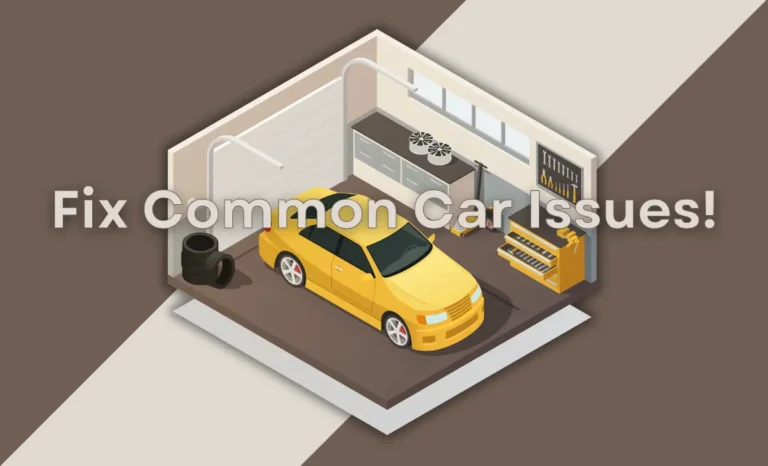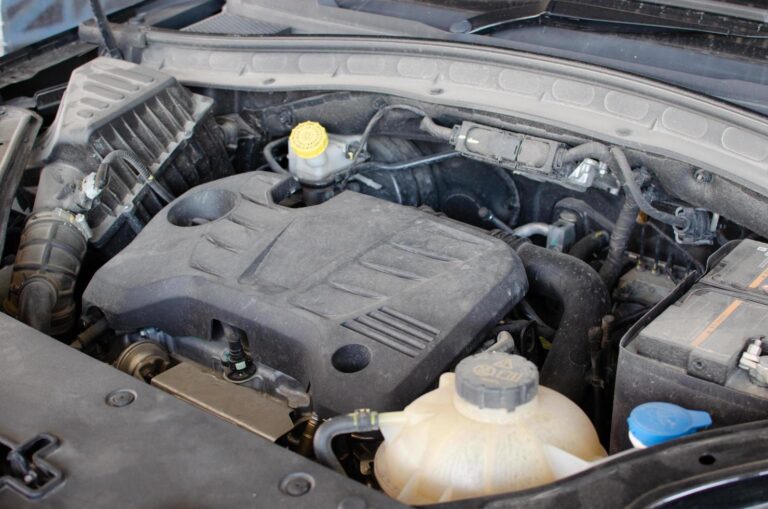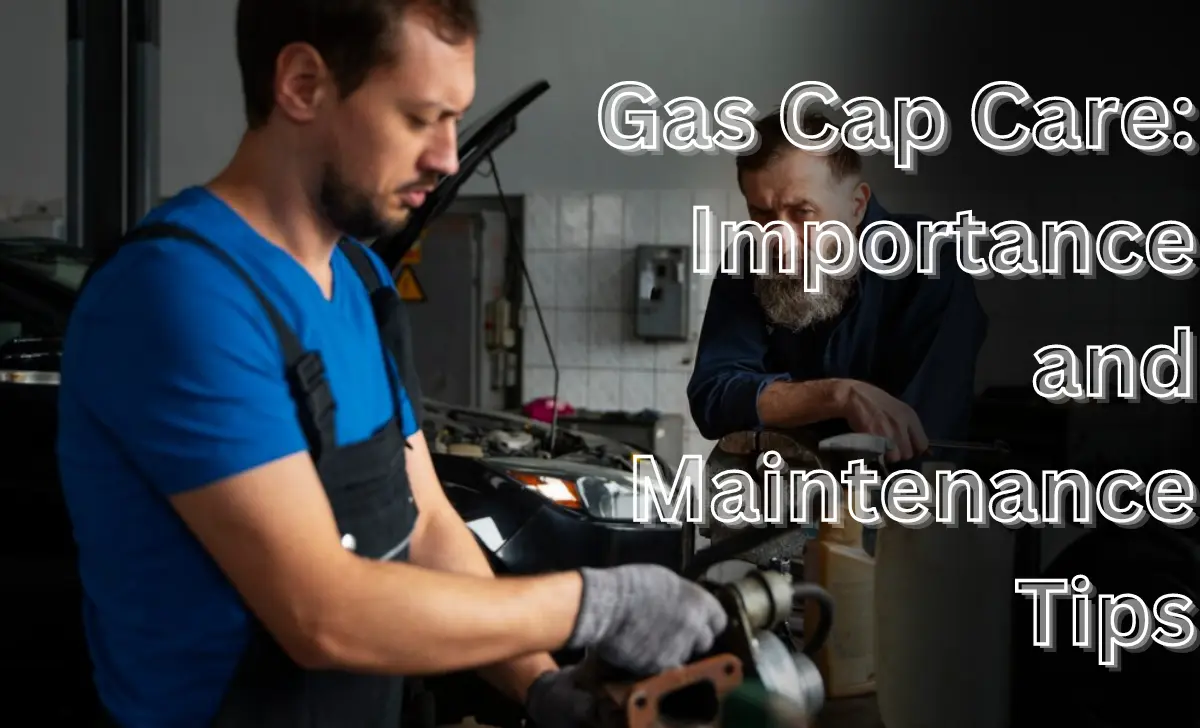
Gas Cap Care: Importance and Maintenance Tips
The check engine light is a warning indicator on the dashboard of a vehicle that alerts the driver to potential issues with the engine or emissions system. It can indicate anything from a loose gas cap to a serious mechanical problem.
A loose or damaged gas cap can also trigger the check engine light to come on, as it can affect the vehicle’s emissions system. Ensuring that the gas cap is properly sealed after refueling can help prevent unnecessary warning lights and potential issues with the engine.
The gas cap is a small but important component that can impact the overall performance of your vehicle. By maintaining a properly sealed gas cap, you can avoid triggering the check engine light and ensure that your car continues to run smoothly. The gas cap is an essential part of your vehicle’s emissions system.
Common Causes of a Check Engine Light Due to Gas Cap Issues
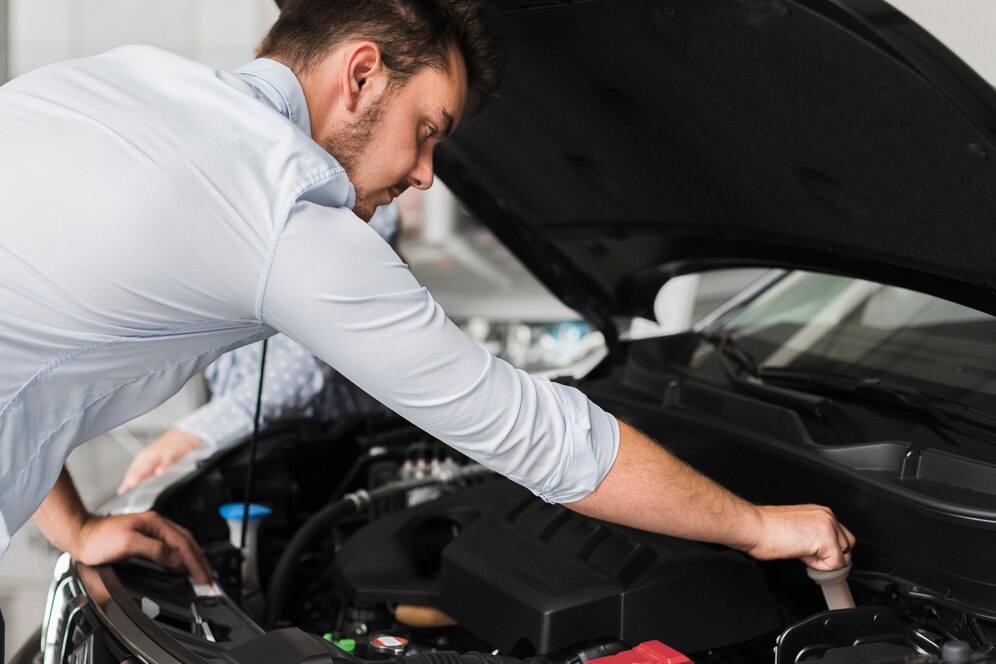
A. Loose or damaged gas cap
One common cause of a check engine light being triggered is a loose or damaged gas cap. If the gas cap is not tightly secured, it can cause fuel to evaporate from the tank, leading to potential issues with the engine. Additionally, a damaged gas cap can fail to maintain the necessary seal, resulting in a loss of fuel efficiency and potentially harmful emissions. Ensuring that your gas cap is in good condition and properly secured after refueling is crucial to maintaining the overall health and performance of your vehicle.
B. Gas cap not properly sealed after refueling
can also lead to the check engine light being triggered due to the disruption in the fuel system. It is important to address any issues with the gas cap promptly to prevent further damage to your vehicle.
C. The gas cap is not compatible with the vehicle’s make and model.
Additionally, using a gas cap that is not compatible with your vehicle’s make and model can also cause the check engine light to come on. It is important to make sure that the gas cap you are using is specifically designed for your car to prevent any potential issues. Using the correct gas cap will help maintain the proper seal and avoid any unnecessary alarms or malfunctions. Checking the compatibility of your gas cap with your vehicle can save you time, money, and headaches in the long run.
Do you know how to cut off the gas pump handle?
Consequences of Ignoring a Check Engine Light Related to the Gas Cap
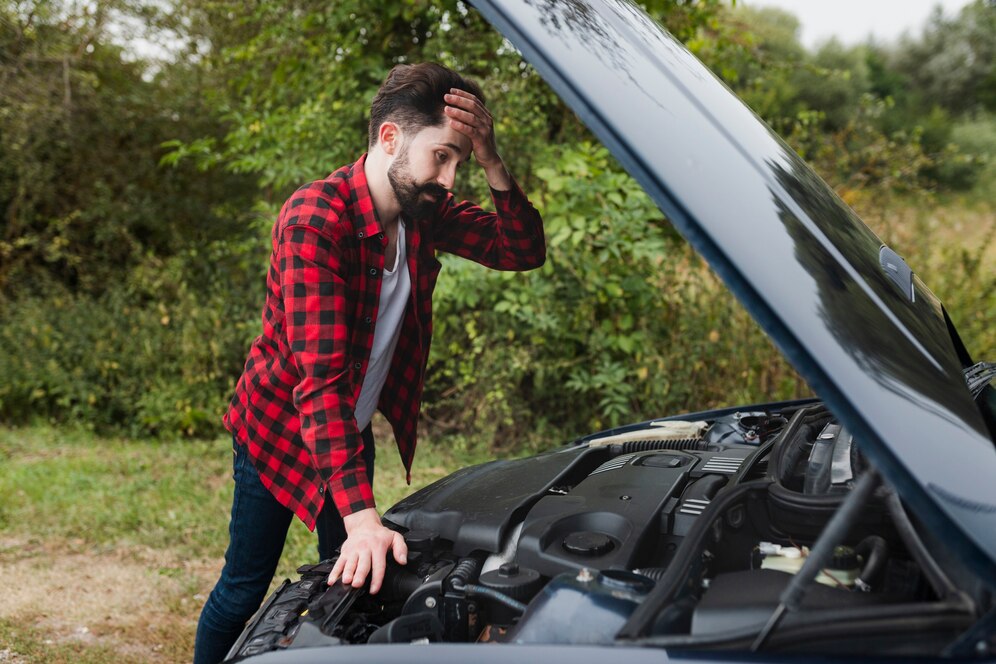
A. Decreased fuel efficiency
Ignoring a check engine light related to a gas cap can result in decreased fuel efficiency. When the gas cap is not sealed properly, it can lead to fuel vapors escaping from the tank, causing a decrease in gas mileage. This can result in more frequent trips to the gas station and higher fuel costs in the long term. It is important to address any issues with the gas cap promptly to ensure optimal fuel efficiency and performance for your vehicle.
B. Potential damage to the emission control system
Failure to address issues with a gas cap could lead to potential damage to the vehicle’s emission control system. When fuel vapors escape from the tank due to a faulty gas cap, it can contaminate the emission control system and cause it to malfunction. This could result in the vehicle failing emissions tests or even causing harm to the environment. Regular maintenance and prompt repairs to the gas cap can help prevent any damage to the emission control system and keep the vehicle running smoothly.
C. Risk of failing emissions testing
Failing emissions testing can result in the vehicle being unable to legally operate on the road, leading to fines and inconvenience for the owner. Additionally, a malfunctioning emission control system can also result in decreased fuel efficiency and engine performance. By addressing issues with the gas cap promptly, drivers can ensure that their vehicles remain environmentally friendly and compliant with regulations. Regular checks and maintenance of the gas cap can help prevent costly repairs and unexpected issues down the road.
How to Address Check Engine Lights Due to Gas Cap Issues
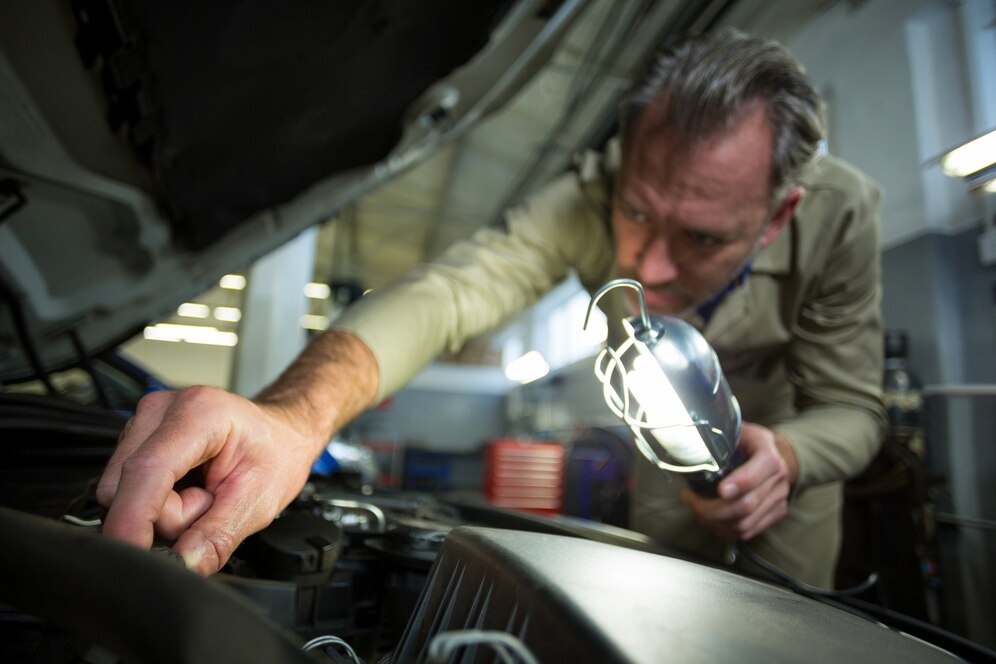
A. Inspect the gas cap for any visible damage.
Such as cracks or wear and tear. If the gas cap appears to be in good condition, ensure that it is securely tightened to prevent any leaks or malfunctions.
B. Ensure the gas cap is securely fastened after refueling.
To maintain proper pressure in the fuel system and prevent the check engine light from coming on. If the check engine light persists after tightening the gas cap, it may be necessary to replace it with a new one to resolve the issue.
C. Replace the gas cap if necessary with a compatible one.
To ensure a proper seal and prevent any further issues with the fuel system. If the check engine light continues to illuminate even after replacing the gas cap, it may be necessary to have a professional mechanic diagnose and repair any underlying problems.
Conclusion
It is crucial to address the check engine light related to the gas cap to prevent any potential issues with the fuel system and maintain the vehicle’s overall health. By replacing the gas cap with a compatible one, a proper seal can be ensured, reducing the likelihood of any further problems arising. Suppose the check engine light persists despite these efforts. In that case, it is best to seek the expertise of a professional mechanic to diagnose and repair any underlying issues that may be causing the light to remain illuminated.
Regularly checking the gas cap for proper sealing is a simple maintenance task that can help prevent future check engine light issues. Taking proactive steps to ensure the gas cap is secure can contribute to the overall longevity and performance of your vehicle.
Suppose the check engine light continues to stay on even after checking the gas cap. In that case, it is important to seek professional help to address any potential issues with the vehicle’s engine or emissions system. Ignoring a persistent check engine light could lead to more serious and costly problems down the line.


